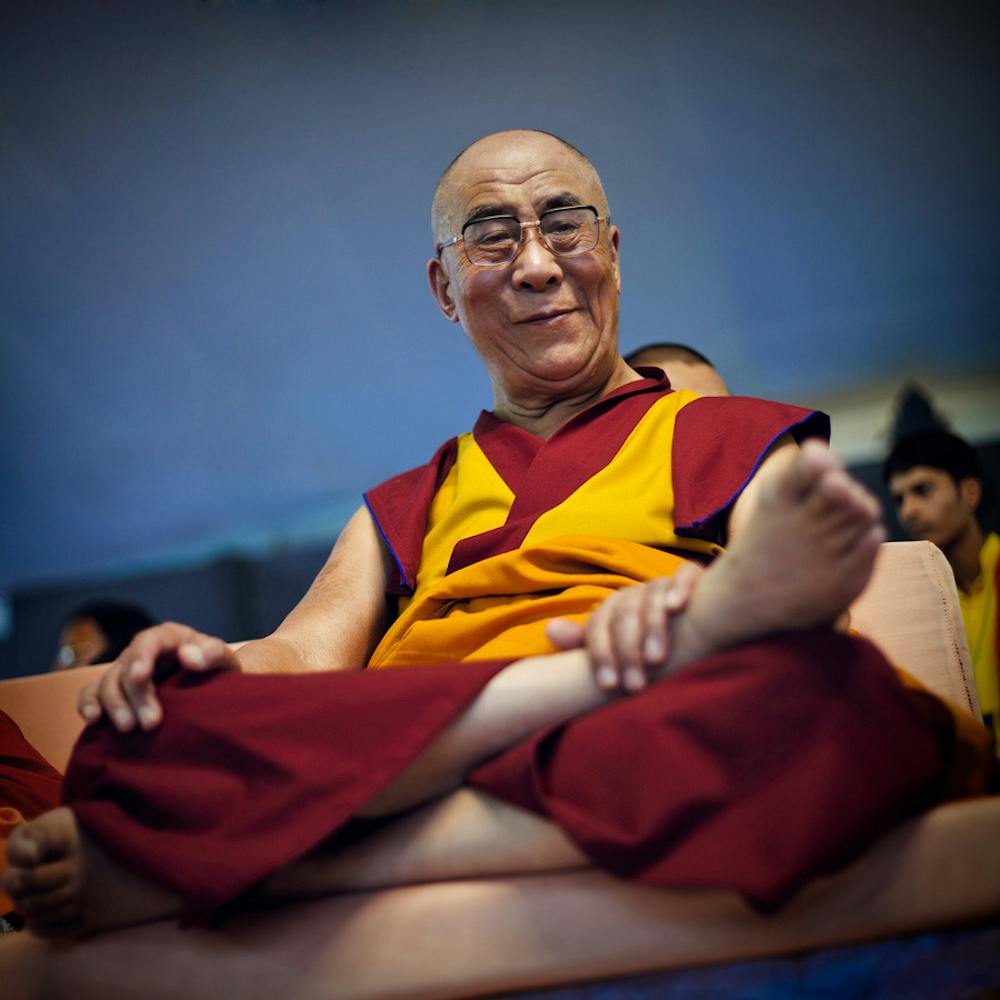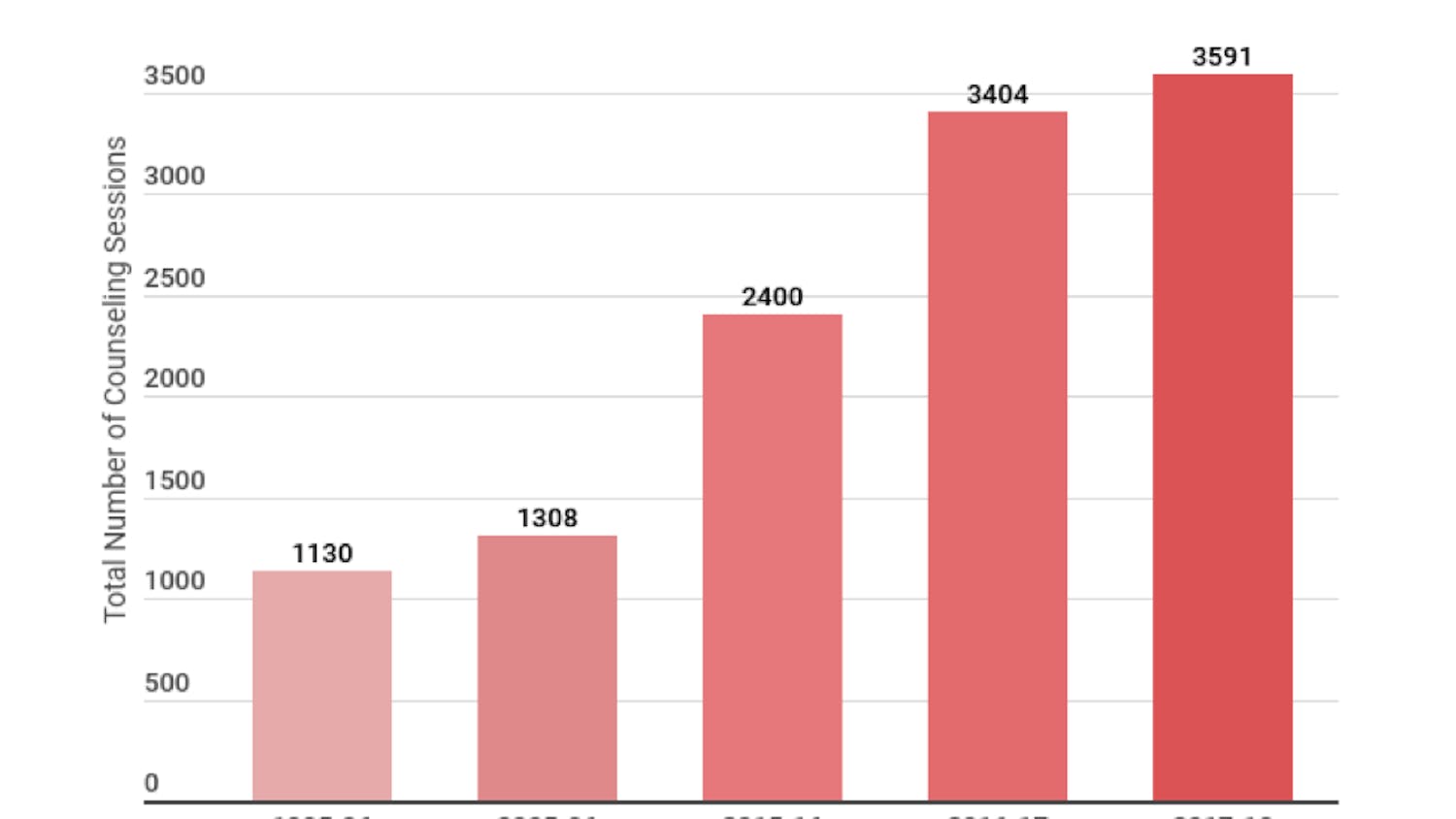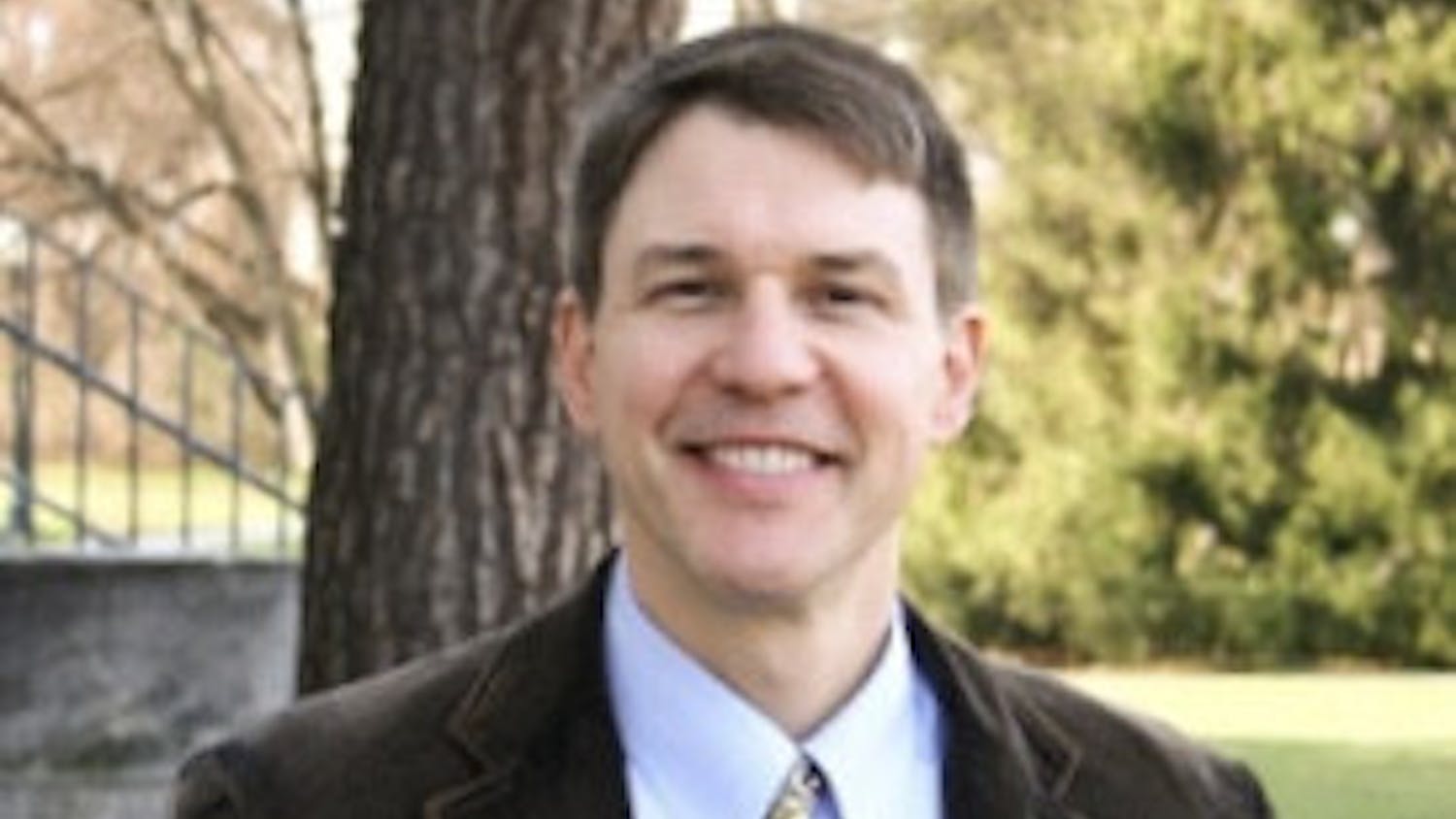In preparing for the arrival of His Holiness the 14th Dalai Lama, Middlebury Magazine's Maria Theresa Stadtmueller provided the following explanation and information:
What is a Dalai Lama? And how is His Holiness the 14th Dalai Lama different from (and similar to) the previous 13?
A week before His Holiness the Dalai Lama’s visit to Middlebury, a large audience at Dana Auditorium heard some answers to the questions, “What is a Dalai Lama?” and “Who is this Dalai Lama?” Professor William Waldron sketched the spiritual and temporal role Dalai Lamas have held since their rise to prominence in 16th century Tibet, adding insights about the particular life and role of Middlebury’s honored guest.
The title “Dalai Lama” itself suggests the complex history of Tibet and Tibetan Buddhism. “Lama” is Tibetan for “guru” or “teacher”; “Dalai” is Mongolian for “ocean.” The title is loosely translated as “Ocean of Merit” or “Ocean of Wisdom,” and Waldron explained how it harkens back to the Buddhist leaders’ patronage by Mongolian princes who ran—and defended—Tibet from the 13th through 17th centuries. Far from otherworldly spiritualists, these Buddhist lamas operated amidst Mongolian and Chinese political plays, with each power exercising control over Tibetans through their spiritual leaders.
Buddhism didn’t arrive in Tibet until the 7th century, and the monks who brought it from India were not entering a spiritual vacuum: practitioners of Tibet’s indigenous shamanic spiritual tradition, Bön, resisted the Buddhist influence. Originally armed pastoralists like the Mongolians, the Tibetans took to the Buddhist teachings of compassion. Bön and Buddhism ultimately developed a syncretic relationship, and during the four-century span prior to Mongolian political rule, it was the Buddhist monasteries who provided a stabilizing cultural force, serving as keepers of literacy and iconography, even lending money (similar to the role the Catholic monasteries played after the fall of the Roman Empire).
Waldron noted that while Dalai Lamas have for centuries wielded political and spiritual influence, it is the latter role Tibetans value most. Traditionally, the Dalai Lama is considered the reincarnation of the revered bodhisattva (or “enlightened being”) of compassion, Avalokiteshvara. Bodhisattvas cycle through many earthly lifetimes, delaying their own rest in nirvana in order to help liberate others from suffering. In the Tibetan Mahayana Buddhist tradition especially, Waldron noted, “the many bodhisattvas represent the potential for cultivating awakened properties within oneself.” This awakening, through meditation and other practices, allows a person to see reality without the ulterior motives and grasping of the ego; the awakened person is free to engage others with compassion and wisdom.
His Holiness the 14th Dalai Lama was a toddler in his mud-and-stone village when a lengthy, detailed process identified him as the reincarnation of the 13th Dalai Lama. Given the restless time into which he was born, he went from a closely tutored child in a Lhasa palace whose only exposure to technology was an old film projector, watches, and a telescope to a world traveler who counts among his friends prominent scientists, philosophers, and religious leaders. (His own education demanded decades of studying scriptures and the highly advanced logic of Buddhism; he earned the equivalent of a Ph.D. in philosophy and is the author of dozens of books.)
And although Waldron noted that the 14th Dalai Lama “is not the first to be beleaguered by politics,” the politics that have beleaguered His Holiness are of a modern scale. Fearing for his life during the increasingly restrictive Chinese occupation of Tibet, he fled in 1959 and found asylum in Dharamsala, India, with many other Tibetans. As Pico Iyer notes in his biography of the Dalai Lama, The Open Road, “One in five Tibetans—more than a million—died of starvation or in direct encounters with the Chinese. One in 10 was jailed; all but 13 of the more than 6,000 monasteries in Tibet were leveled.”
While he has tirelessly engaged in efforts on behalf of Tibet’s autonomy, His Holiness recently abdicated his political role as his people’s temporal leader (Waldron noted that his traditional political authority lodged mostly in central Tibet, but that this abdication nonetheless changes “the religious polity of classical Tibet”). He remains active fostering Tibet’s monastic and cultural traditions in exile while calling for a “global ethics” that supersedes religion or culture to engage and develop what is common to all humans—kindness, responsibility, and compassion. Toward this end, he regularly hosts conferences in Dharamsala that pursue questions about cognitive science and meditation, Buddhist doctrine and quantum mechanics, and commonalities among religions. This self-described “simple Buddhist monk” doesn’t claim to have universal answers, and in fact, suggests that while Buddhism works for him, it may not be a good fit for others. As a quote from the Buddha displayed in the Dalai Lama’s home temple in Dharamsala says, “As one assays gold by rubbing, cutting, and melting, so examine well my words and accept them, but not because you respect me.”
Tickets to see His Holiness the Dalai Lama are now sold out. Live video feeds will be provided to both Dana Auditorium and the McCullough Social Space during both of his talks. Seating for these on-campus video viewing areas is free and open to the public, and is available on a first-come, first-served basis.
We will also be streaming the lectures live online. This link will be live a few minutes before the lectures begin: http://go.middlebury.edu/dlstream.
Stay tuned as both the Campus and the Current continue to provide full coverage of the weekend's events.
Comments




